Enemy Within?
These stories explore the threat to Australia from within, from the identification of a section of the population as ‘enemy aliens’ to the formation of the jingoistic Anti-German League, and the radical ideology and activities of the Industrial Workers of the World (IWW).
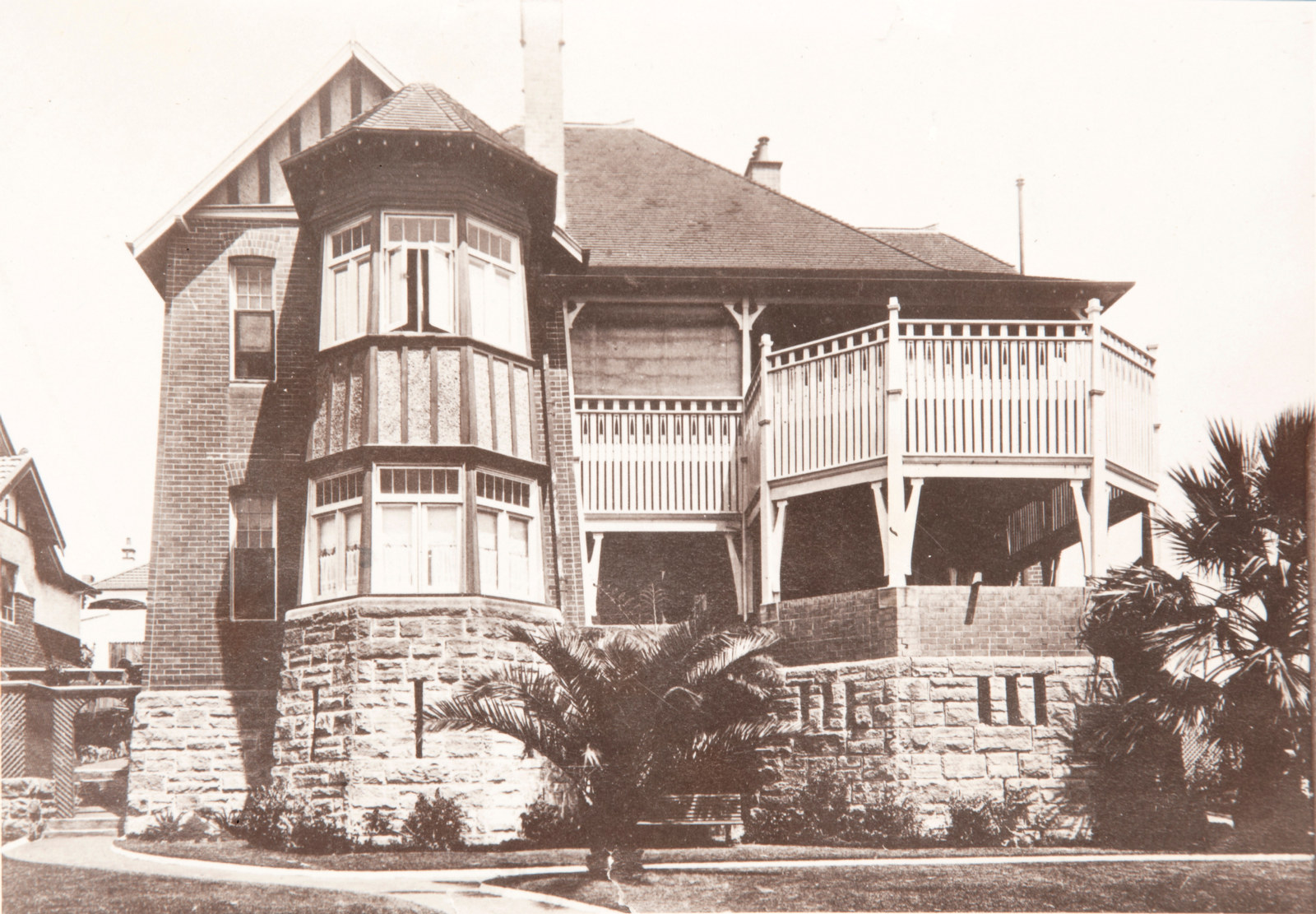
WW1
The bombing of Bangoola: being German in Sydney during World War I
Sometime in 1912, Paul Schreiterer (1868–1939) and his family decided to have their comfortable home, Bangoola, located in the Sydney suburb of Mosman, photographed for posterity
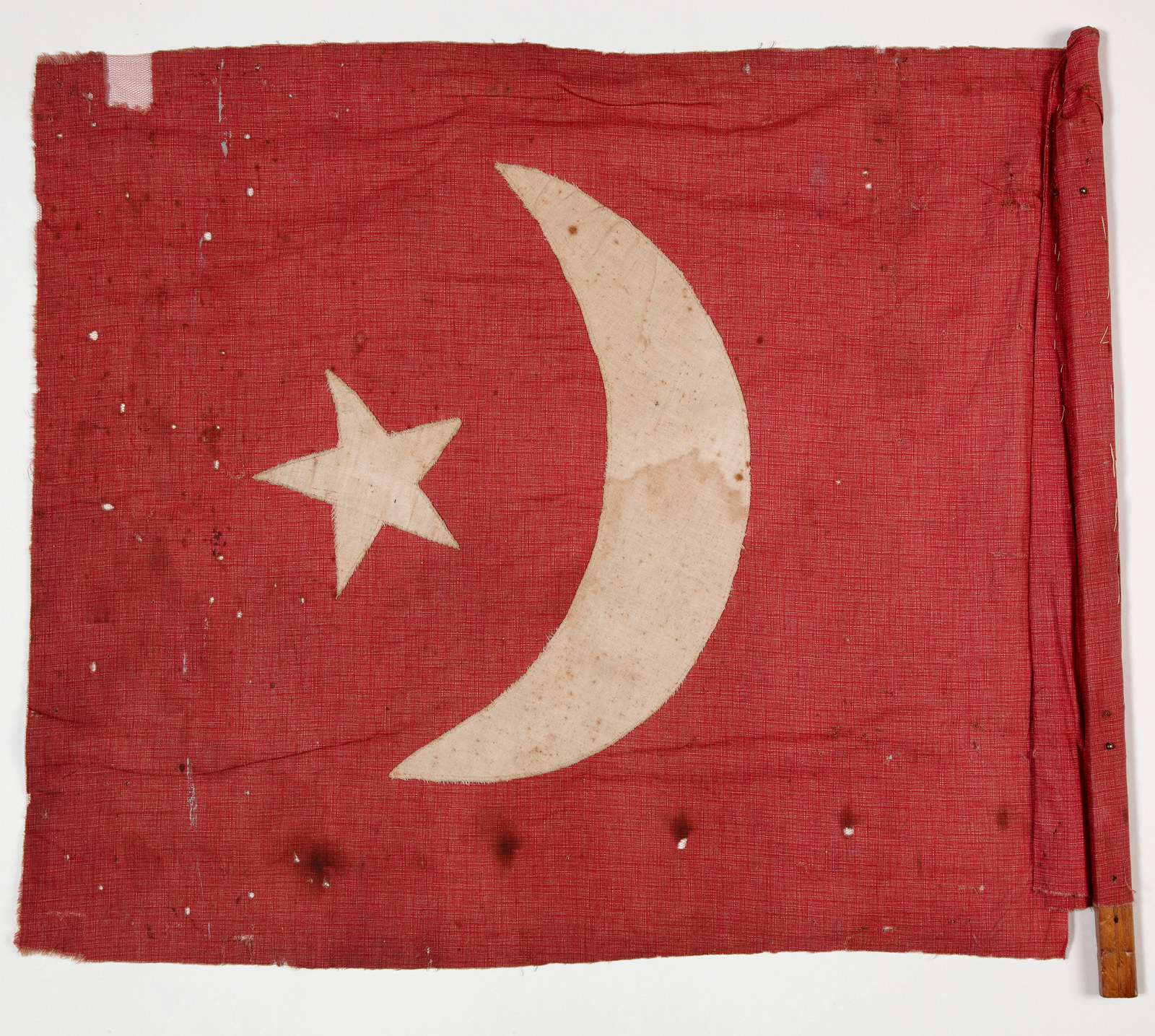
WW1
The battle of Broken Hill
On New Year’s Day 1915, a mass shooting in which four people were killed and seven injured occurred in the mining town of Broken Hill
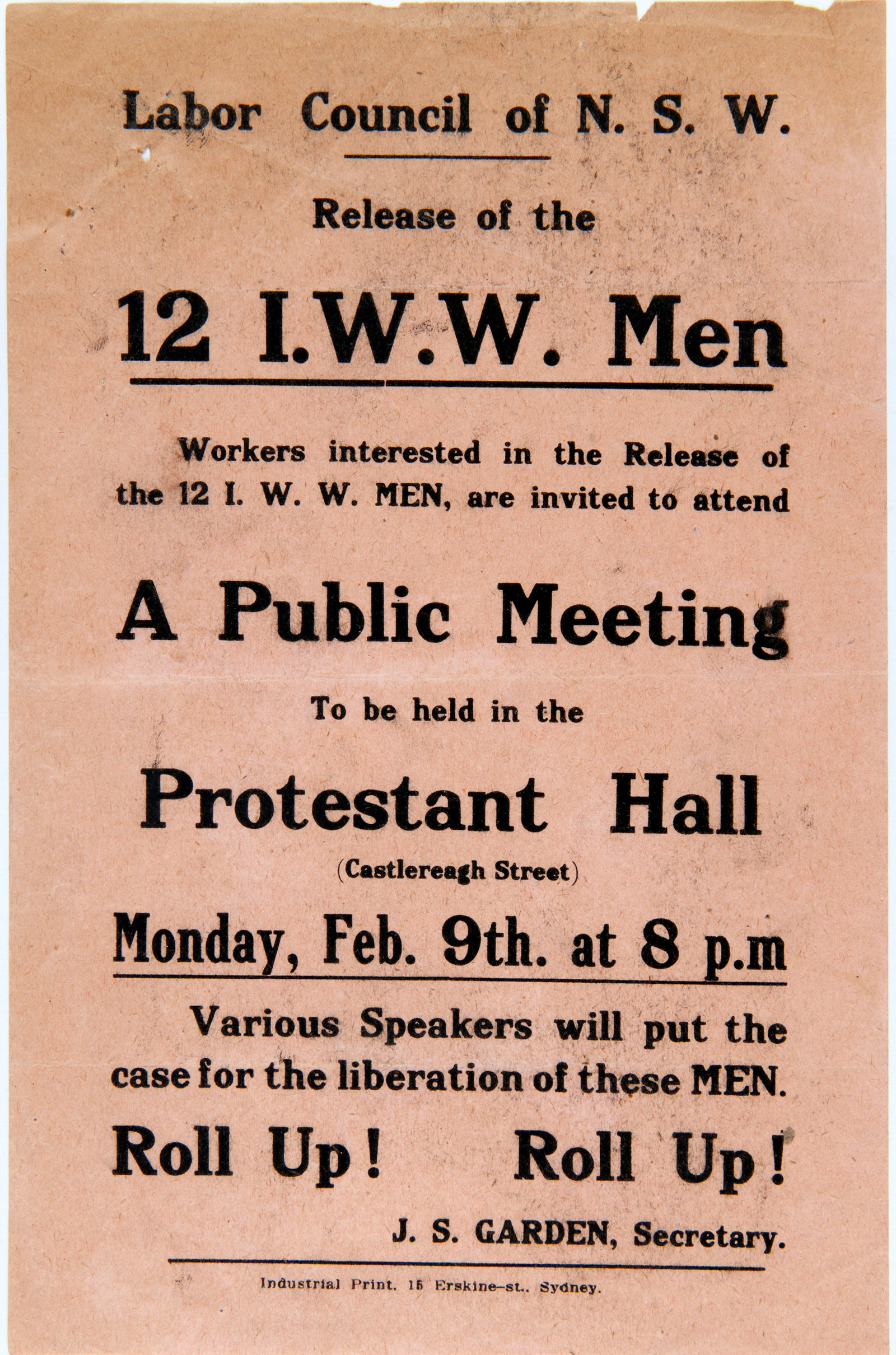
WW1
The Wobblies
The Industrial Workers of the World (IWW), also known as the ‘Wobblies’, was a radical labour organisation founded in the United States in 1905
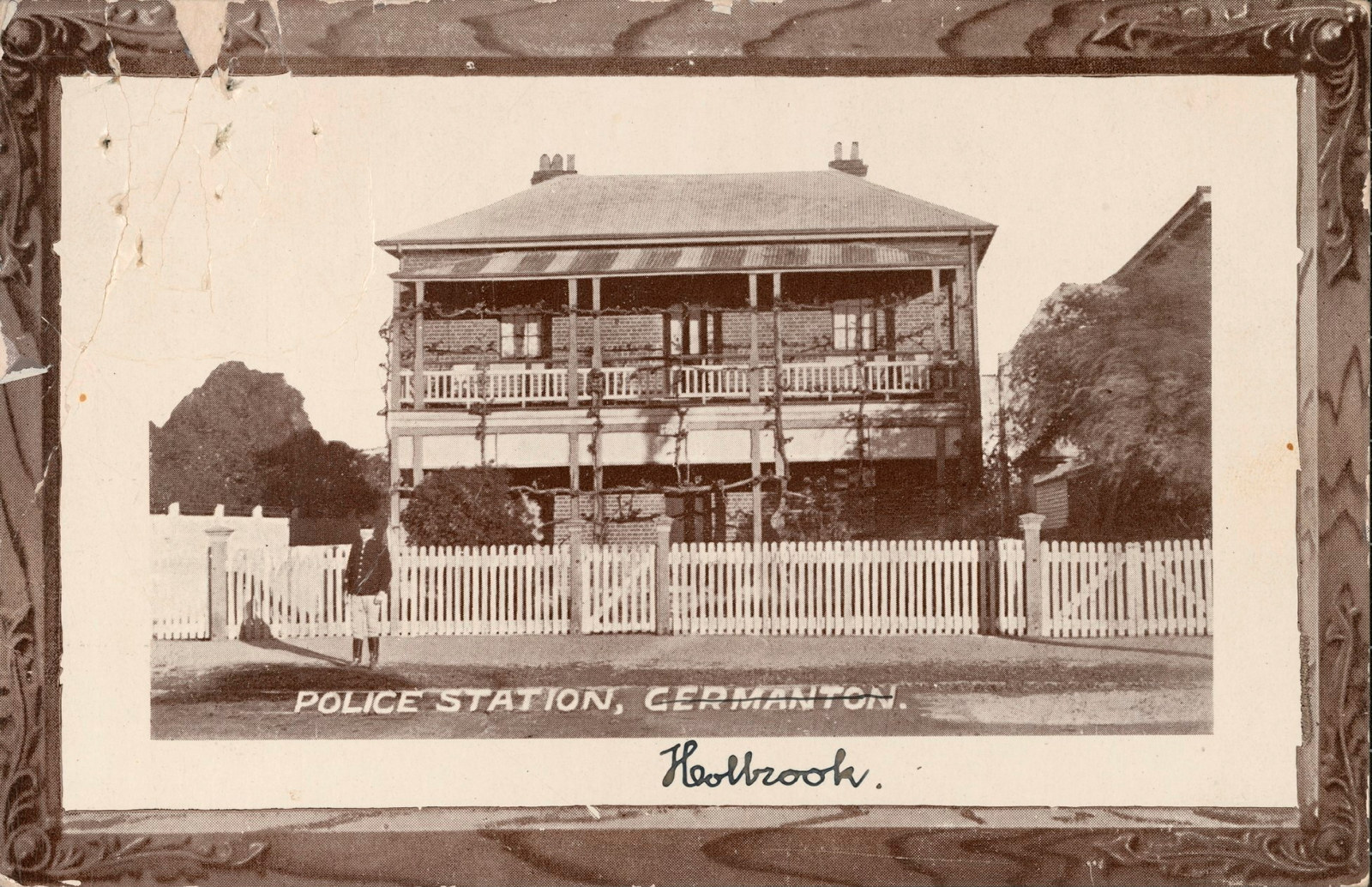
WW1
Germanton or Holbrook?
What’s in a name? The town of Germanton in the eastern Riverina district of NSW changed its name to Holbrook in 1915 ‘in order to express indignation at the conduct of Germany in the war’
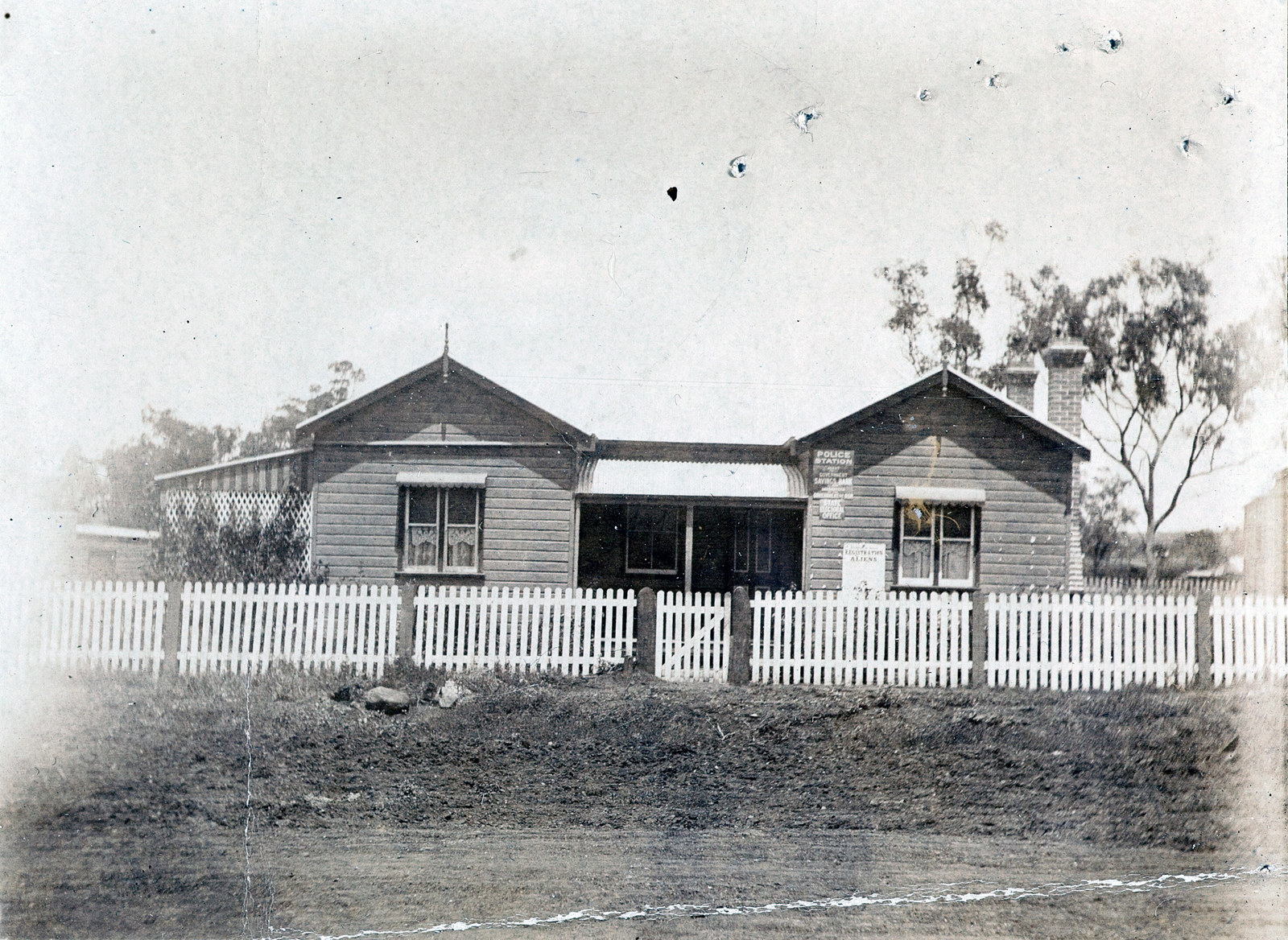
WW1
Registering aliens
On 10 August 1914, less than a week after Australia entered World War I, the Australian government defined a new type of resident: the enemy alien
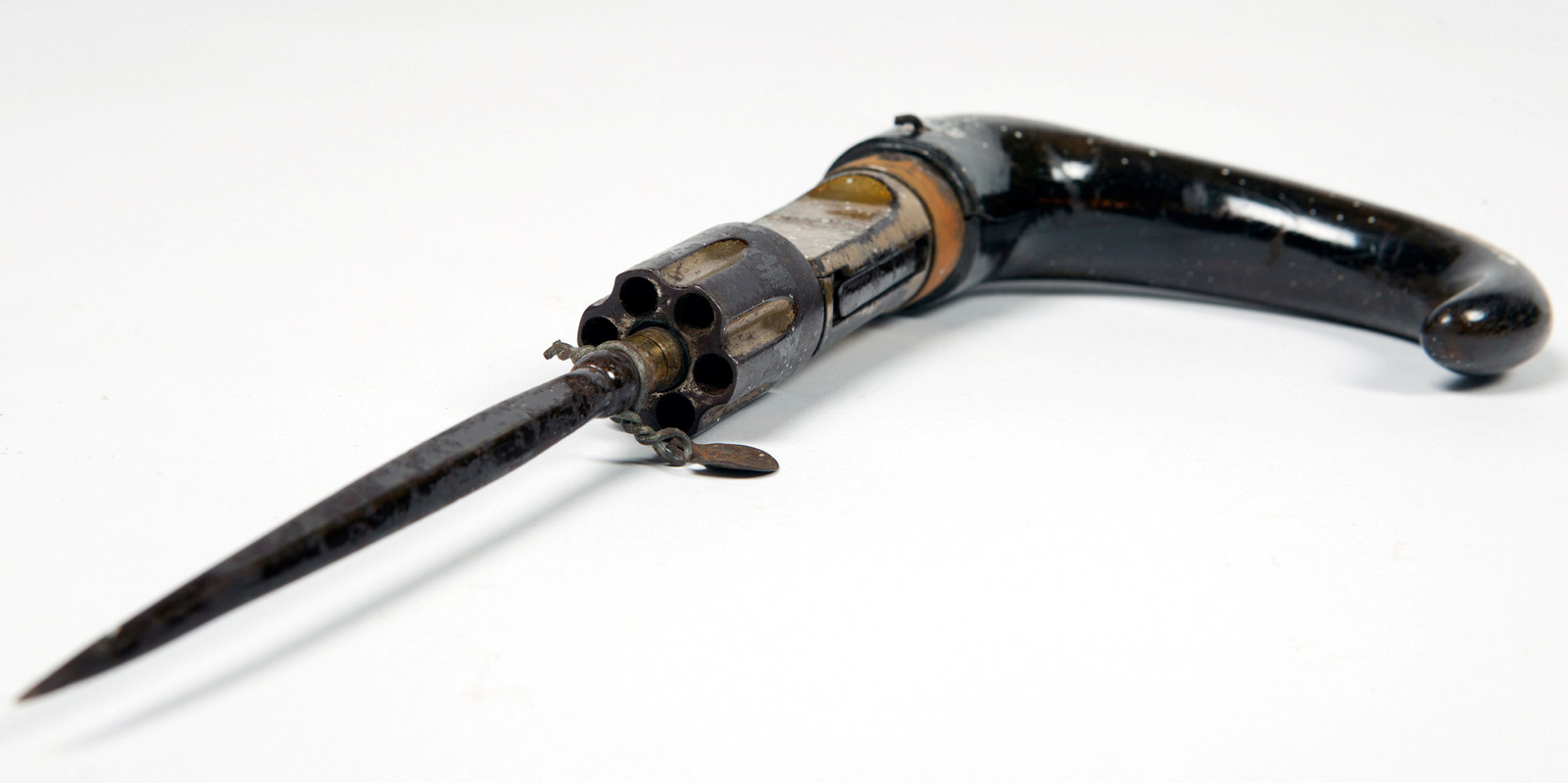
WW1
Theodore Mickel’s stiletto (and revolver)
In April 1915, around eight months after Australia entered World War I, a man named Theodore Mickel arrived in Wagga Wagga by the evening mail train and took a room for the night at a local hotel
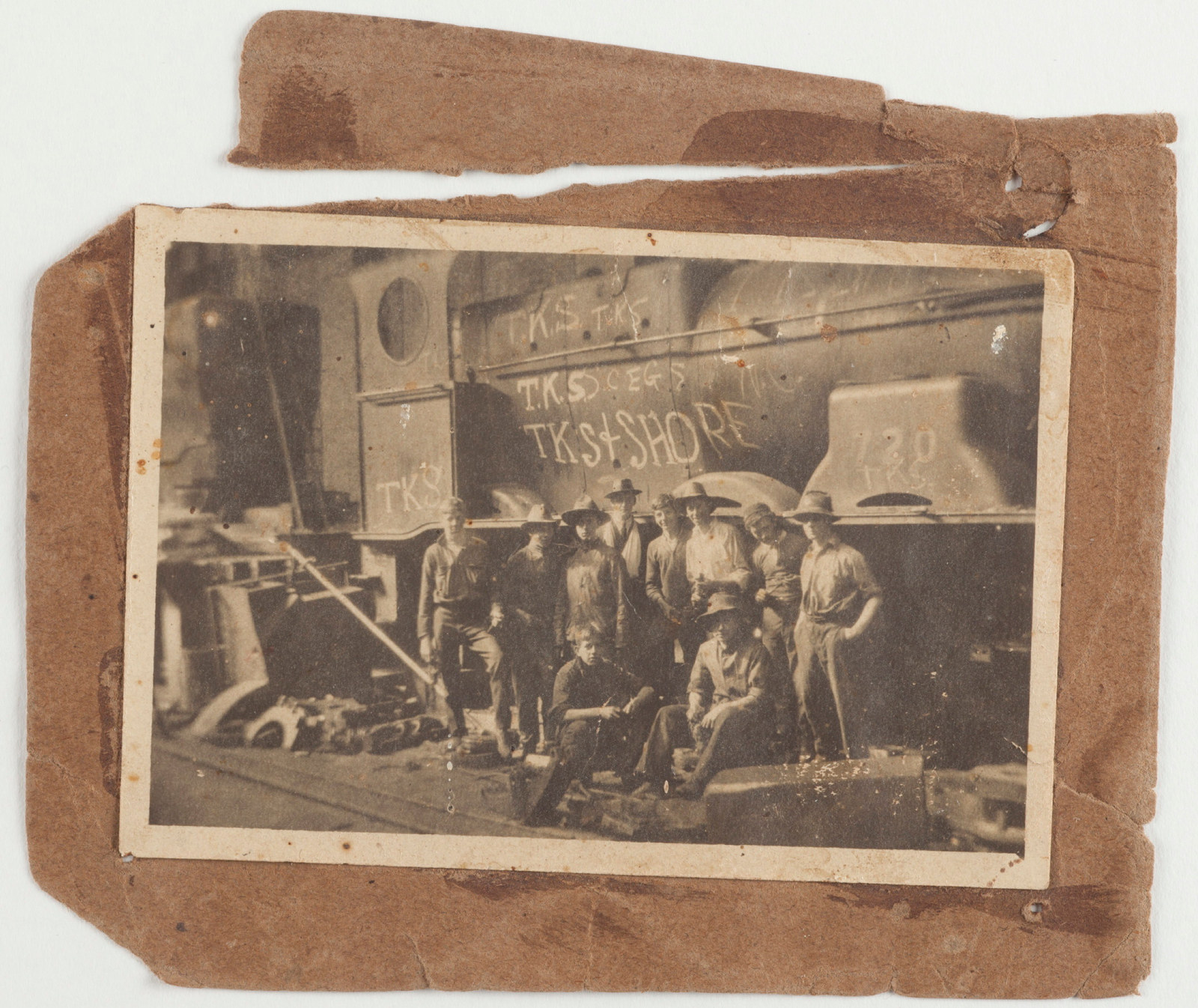
WW1
‘Escapade’ at Eveleigh
On 2 August 1917, workers at Sydney’s Eveleigh railway workshops and Randwick tramway depot went on strike over the introduction of a time card system
Published on
More
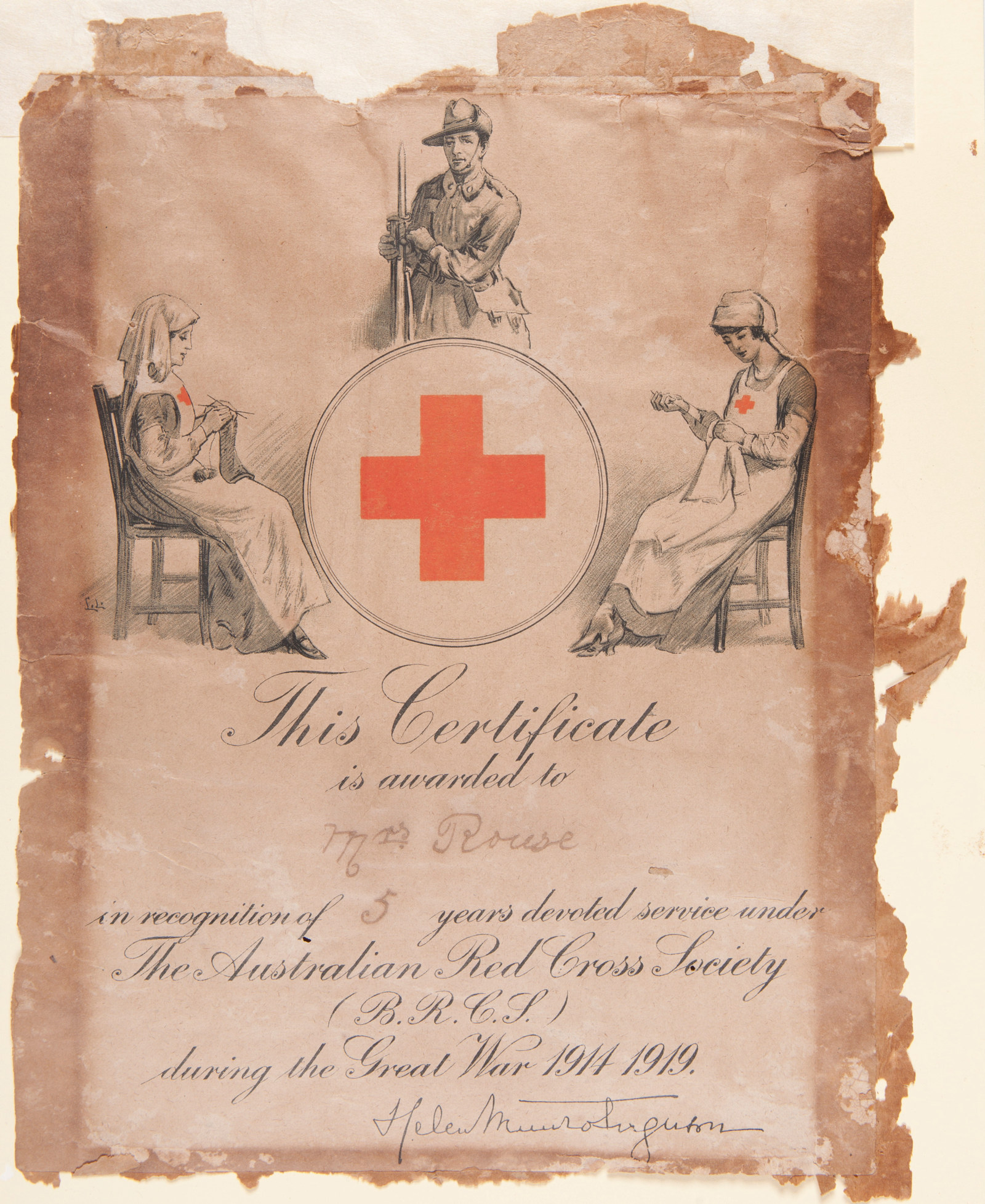
WW1
Home Front
As the war stretched on, thousands of women at home in Australia supported the war effort by volunteering for patriotic fundraising activities
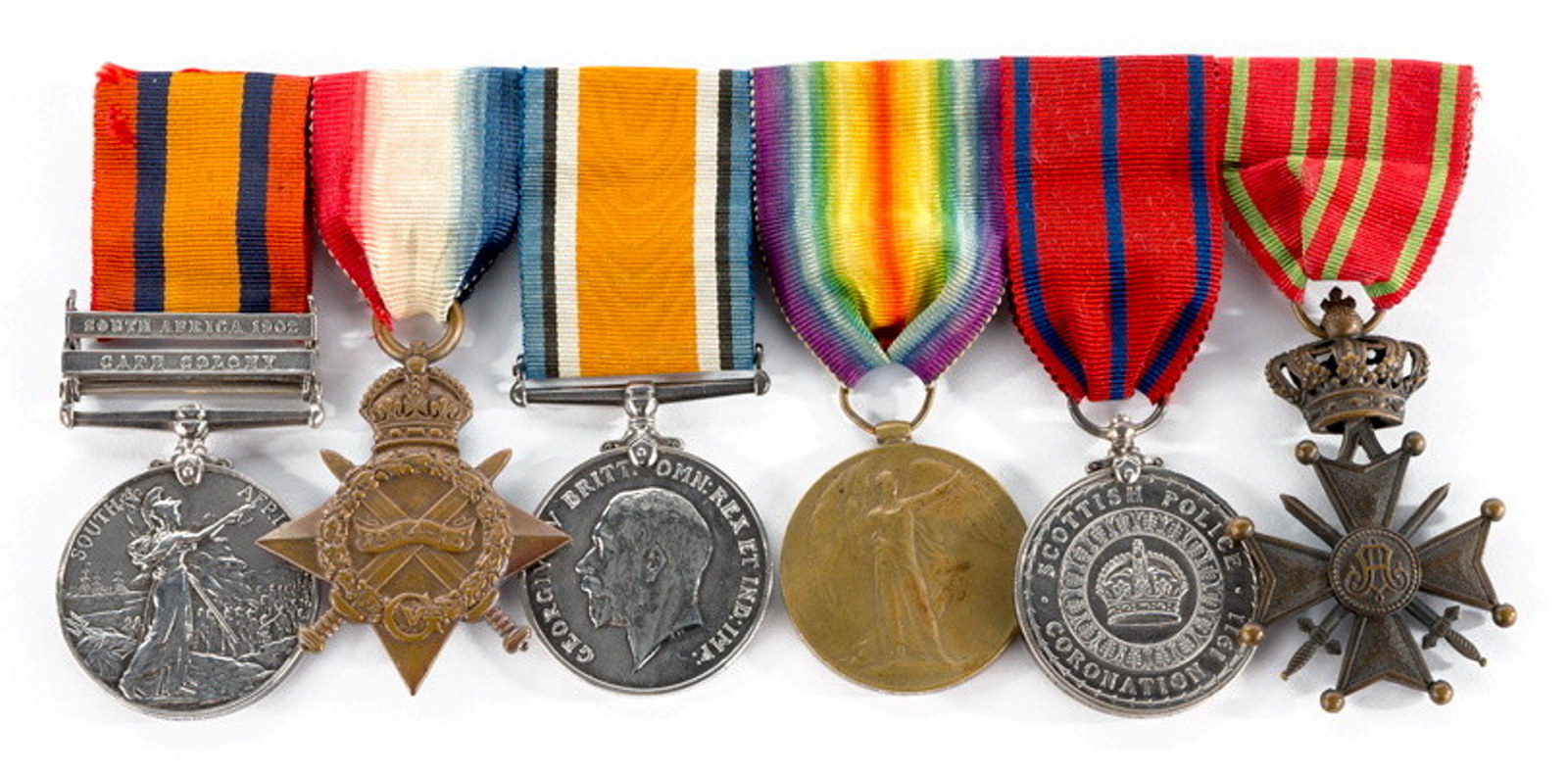
WW1
War Service
From the shores of Gallipoli to the sprawling Western Front, the stories told here reveal the powerful war experiences of ordinary soldiers. Some were decorated for bravery in the field, while others made the ultimate sacrifice
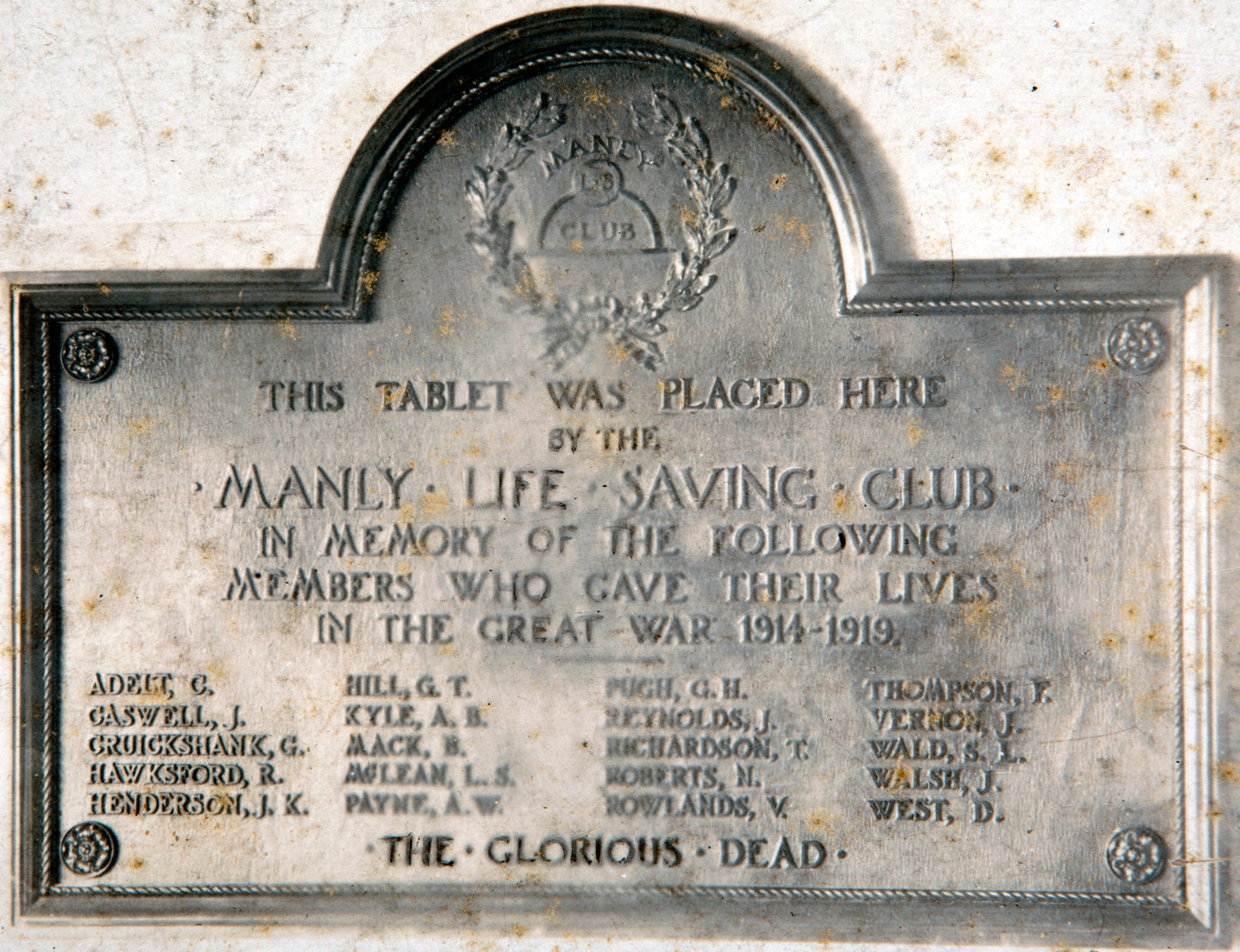
WW1
Commemoration
Hear the poignant personal stories behind battlefield grave markers in Egypt, France and Gallipoli, as well as the stories behind workplace honour rolls, one of the most common, but often hidden, forms of war memorial in Australia